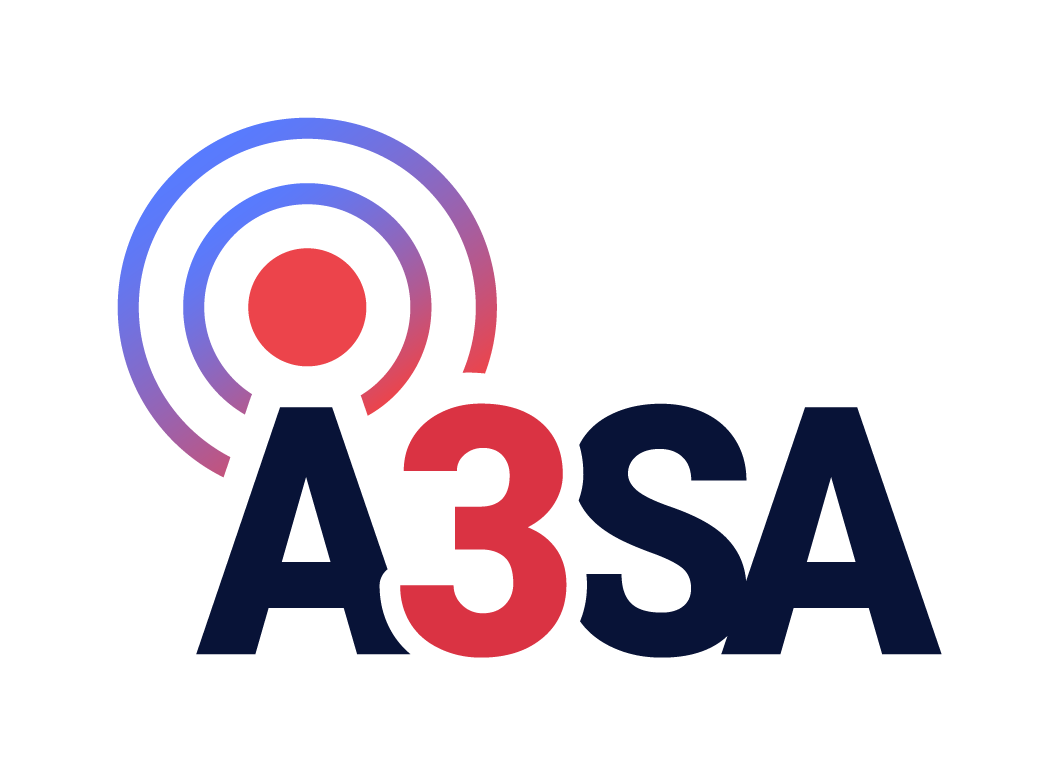
LOS ANGELES—The ATSC 3.0 Security Authority (A3SA) took an important first step on the path to making ATSC 3.0-enabled digital video recorders and other devices a reality with the release of a DVR specification to licensees of its content protection technology.
“For the past year, we’ve been working in consultation with several electronics companies who are developing devices designed to add new features for NextGen TV viewers, from simple DVRs to more advanced home networking systems,” said A3SA managing director Ron Wheeler. “After considering the various home scenarios, A3SA is pleased to release detailed specifications that will guide companies and soon provide consumers with a wealth of new options for digital video recording and more.”
The new specifications will make it possible for CE companies to develop new 3.0 recording devices for home networks, an A3SA announcement said.
The A3SA approval covers both specs and rules for devices other than DVRs, including home gateways to stream 3.0 content on home networks, it said.
The spec was developed in consultation with manufacturers and with extensive subsystem prototyping. It supports multiple product architectures from single component to systems that have devices distributed across a home network, it said.
The DVR spec works in concert with A3SA’s Broadcaster Encoding Rules covering how broadcasters use its security technology with 3.0 content that is simulcast with corresponding ATSC 1.0 content, it said.
The spec supports in-home streaming to Android, Fire, Roku, WebOS and Tizen and other platforms used to watch content. Support for iOS devices is in process. It also supports dynamic memory provisioning for media playback, it said.
The professional video industry's #1 source for news, trends and product and tech information. Sign up below.
More information is available on the ATSC website.
Information on Broadcaster Encoding Rules is available online.
Phil Kurz is a contributing editor to TV Tech. He has written about TV and video technology for more than 30 years and served as editor of three leading industry magazines. He earned a Bachelor of Journalism and a Master’s Degree in Journalism from the University of Missouri-Columbia School of Journalism.

